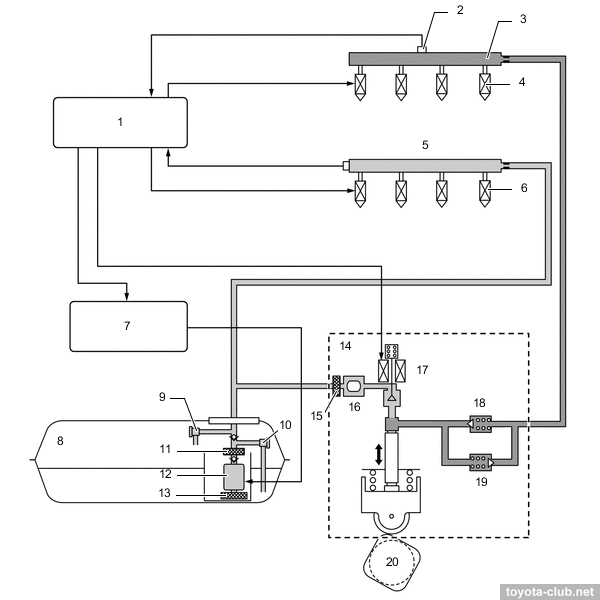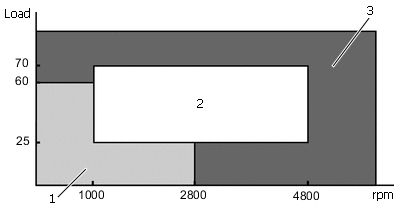I have a 2019 Rav4 with GDI + MPI which also has a EGR system. I have not had an EGR valve before - I thought they died in the 70's?
These engines are not known to burn oil. LSPI does not seem to be an issue because its likely running on MPI at that point? I am thinking about both the EGR valve staying clean along with intake valve carbon - even with the part time MPI it might not stay perfect.
I know it likely doesn't matter - I run 5K OCI max - but I am switching this to a 30 weight and have some space on the shelf to stock up with current or future rebates.
What would you run and why?
FWIW - this is what Toyota-Club had to say about the EGR, but this engine has been around since 2018 in the Camry and I have not heard of any issues?
"EGR (exhaust gas recirculation) - inevitable evil, which serves (in theory) to lower the
combustion temperature and to reduce the nitrogen oxides in the exhaust gas, but in
practice it provides only common problems with carbon deposits in the intake paths and
on the valves. Soon let's see whether it is possible to shut off it without consequences
(at least, there is no feedback by EGR temperature sensor here)."
These engines are not known to burn oil. LSPI does not seem to be an issue because its likely running on MPI at that point? I am thinking about both the EGR valve staying clean along with intake valve carbon - even with the part time MPI it might not stay perfect.
I know it likely doesn't matter - I run 5K OCI max - but I am switching this to a 30 weight and have some space on the shelf to stock up with current or future rebates.
What would you run and why?
FWIW - this is what Toyota-Club had to say about the EGR, but this engine has been around since 2018 in the Camry and I have not heard of any issues?
"EGR (exhaust gas recirculation) - inevitable evil, which serves (in theory) to lower the
combustion temperature and to reduce the nitrogen oxides in the exhaust gas, but in
practice it provides only common problems with carbon deposits in the intake paths and
on the valves. Soon let's see whether it is possible to shut off it without consequences
(at least, there is no feedback by EGR temperature sensor here)."
Last edited:



